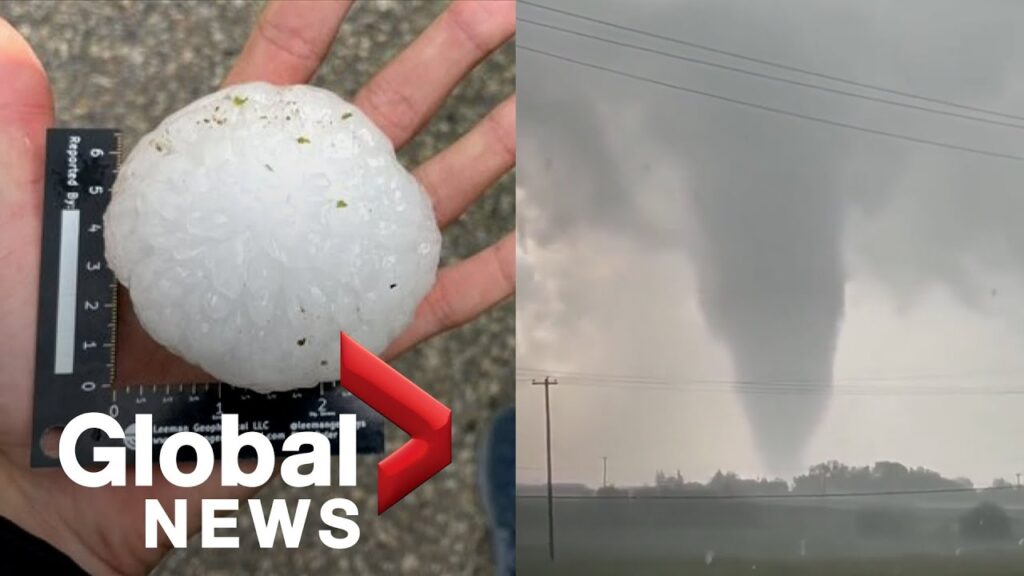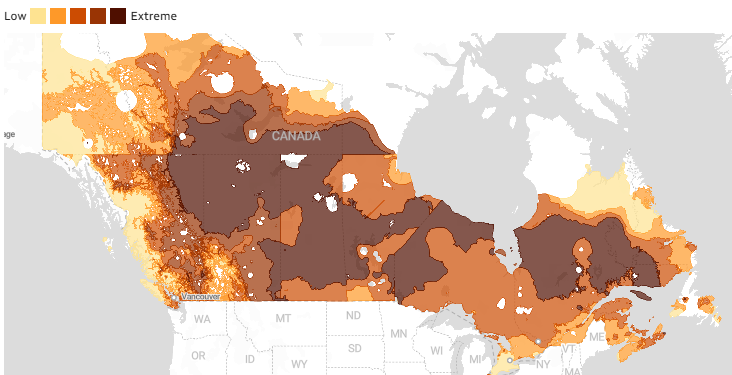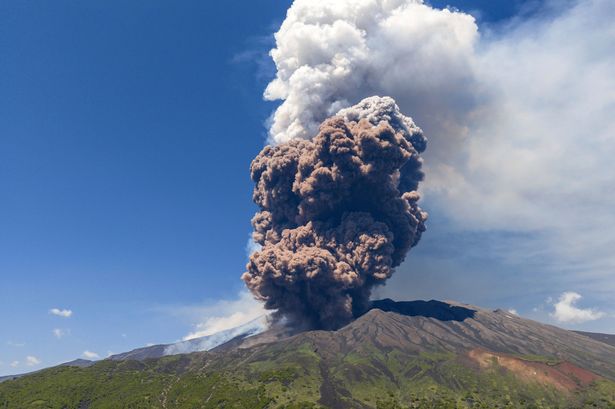
Introduction: A Devastating Weather Event
On July 12, 2023, Alberta was struck by a significant hail storm that left a trail of destruction across several regions, impacting homes, vehicles, and agricultural lands. This event serves as a reminder of the increasing severity of weather-related incidents attributed to climate change. As communities begin to assess the damage and recover, understanding the implications of such storms is crucial for future preparedness.
Details of the Hail Storm
The Alberta hail storm was characterized by hailstones exceeding golf ball size, with reports of stones measuring up to 7 centimeters in diameter. The storm struck during peak afternoon hours, catching many residents off guard. The hardest-hit areas included Calgary, Red Deer, and Edmonton, where both urban and rural settings faced significant challenges.
According to Environment Canada, the storm produced an estimated 40 million dollars in damages, impacting over 10,000 properties. In addition to residential destruction, farmers reported severe losses, with crops such as canola and barley being significantly affected, raising concerns about the subsequent economic impact.
Community Response and Recovery Efforts
Local governments and emergency services sprang into action immediately following the storm, with crews deployed for debris removal and emergency response. The Alberta government declared a disaster in the most impacted areas, enabling additional financial support for residents and businesses coping with damages. The Canadian Red Cross also initiated support measures to assist those displaced or in need.
Insurance claims have surged in the wake of the storm, with many residents navigating complex processes to recover costs. Insurance companies are collaborating with provincial officials to streamline claims and expedite aid to affected communities.
Conclusion: Preparing for Future Storms
The 2023 hail storm in Alberta serves as a critical case study for residents and policymakers alike. As weather patterns become more unpredictable, the need for enhanced community preparedness and infrastructure resilience is evident. Local authorities are now exploring better forecasting tools and public education campaigns aimed at minimizing risks in the future.
Alberta’s recent experiences highlight not only the immediate impact of severe weather events but also the long-term considerations necessary for fostering resilient communities. As recovery efforts continue, it is vital for residents to advocate for measures that mitigate the effects of such destructive storms in the years to come.






